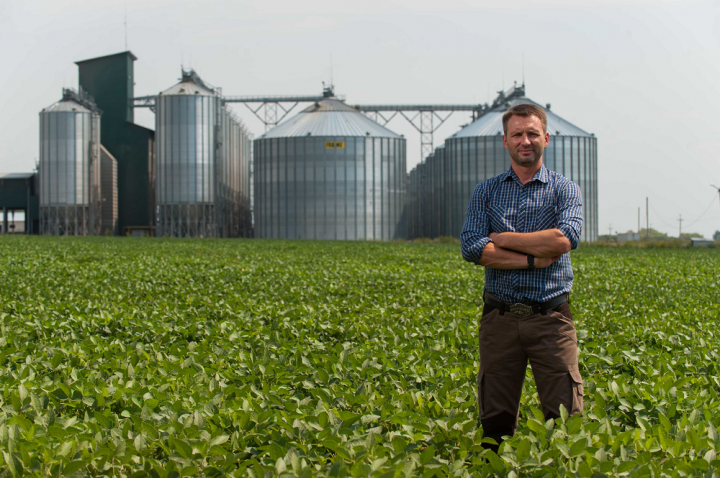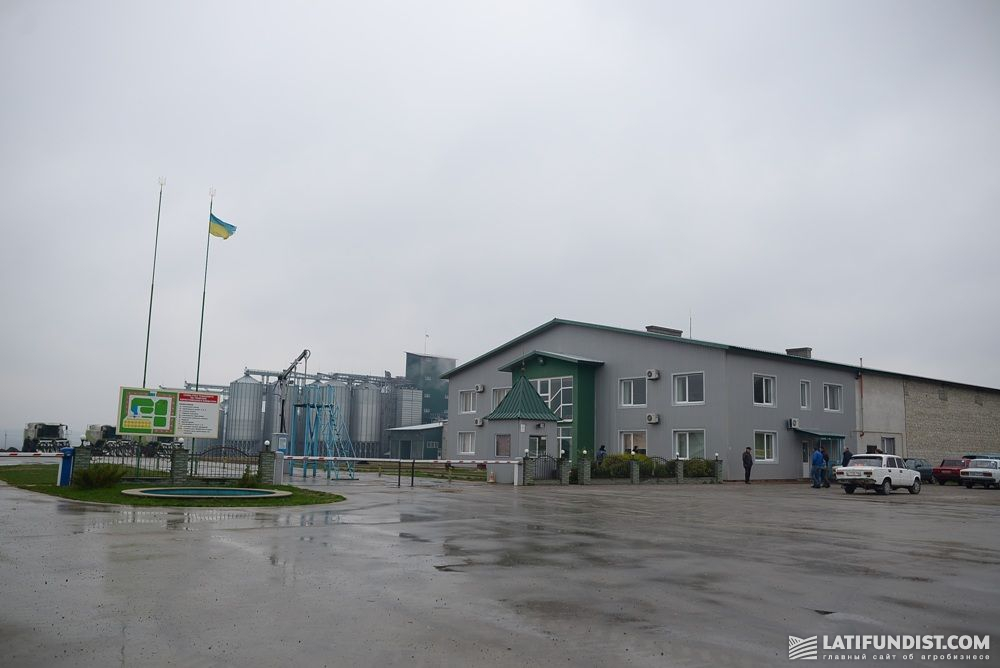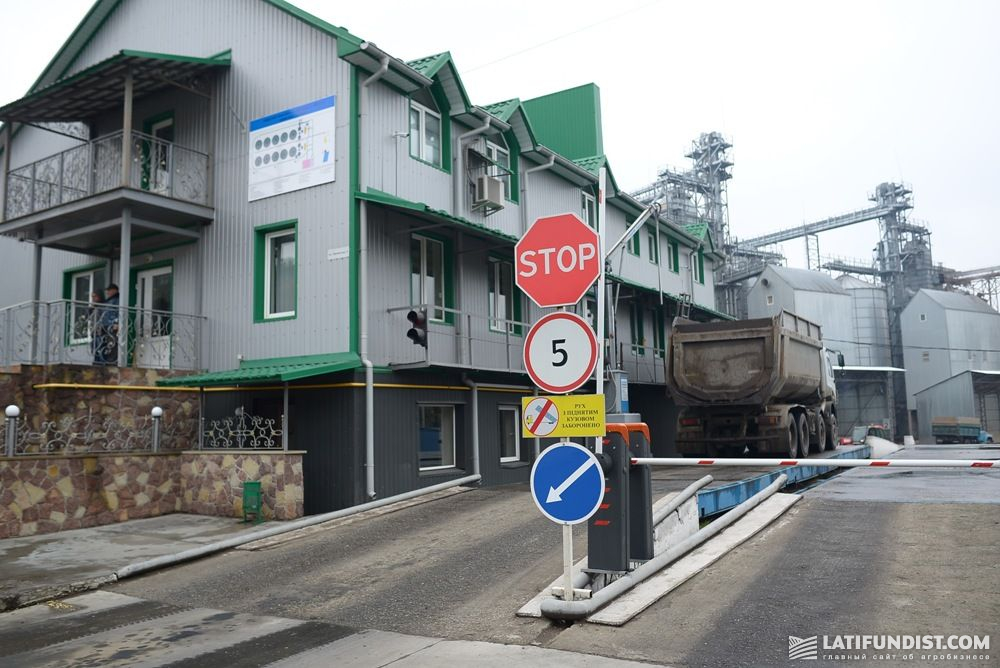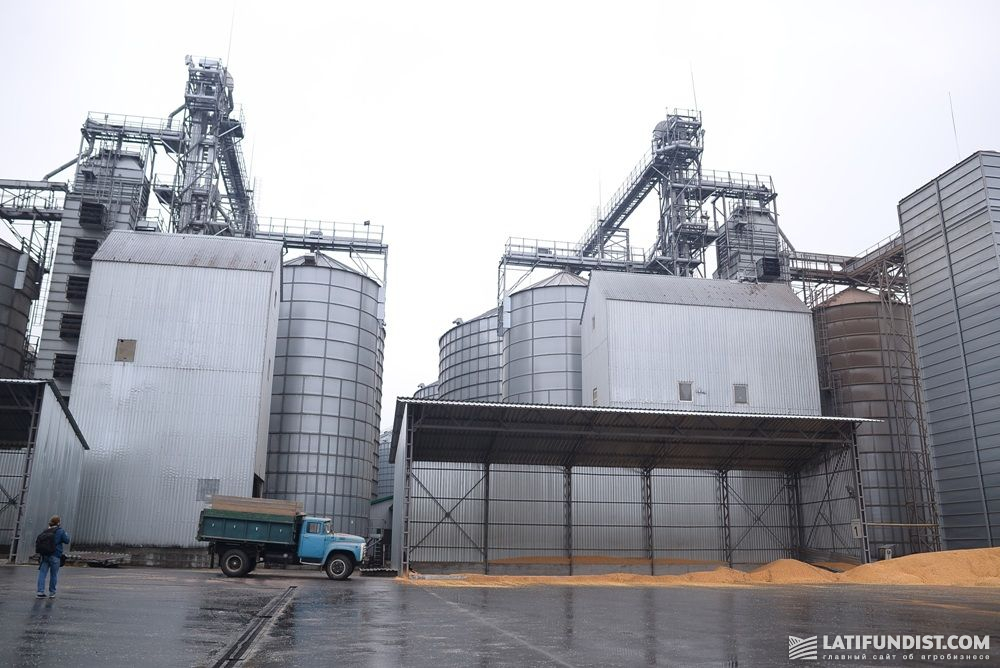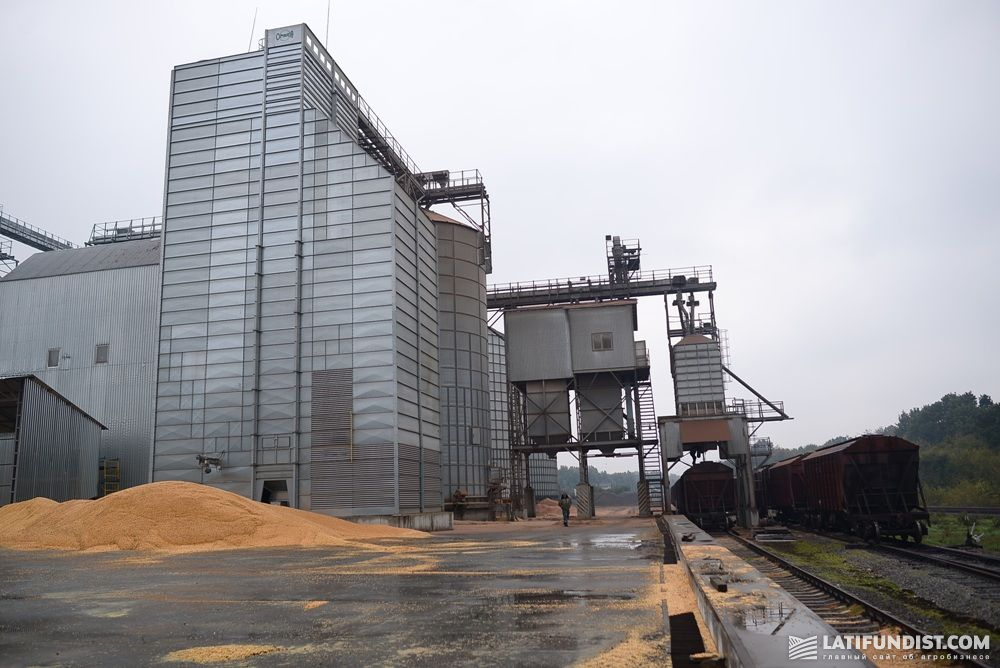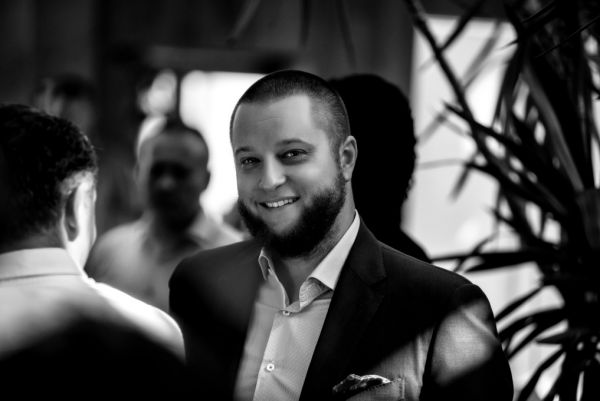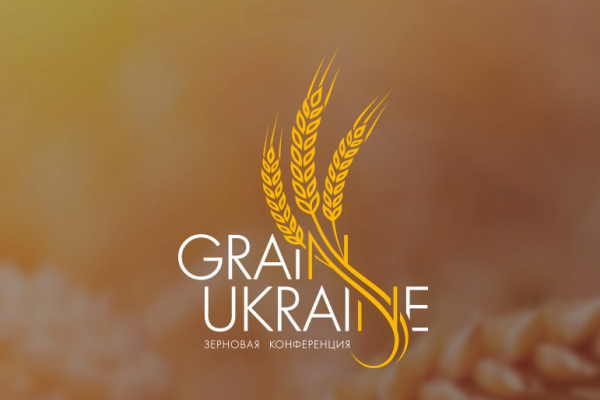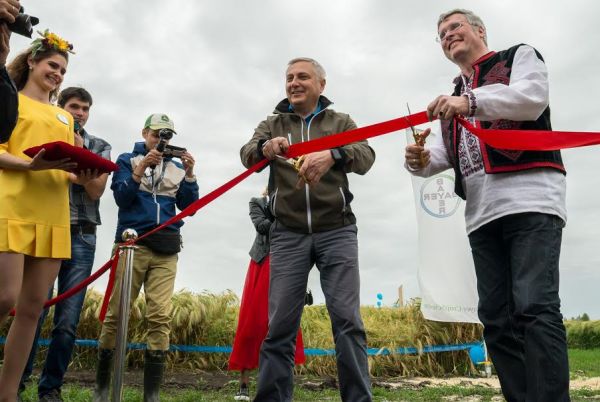Victor Kukharchuk: You Just Have to Do What the Plant Wants
The Company Mriya seeding campaign was extremely tense last year. The Chief Operating Officer of Mriya Agro Holding PLC Victor Kuharchuk in the exclusive interview to Latifundist.com summarized the results of Seeding 2016 and spoke about the prospects for the introduction of no-till technology and company strategic plans.
Latifundist.com: What can you say about Seeding 2016? How successful was it?
Victor Kukharchuk: Spring seeding campaign in Mriya was a lot more organized compared to last year. Even taking into account the fact that we have seeded the area almost twice as large as last year — 83 thousand hectares in total. The level of professionals who are not afraid of no-till and mini-till technology on the farms can already be observed. There is still work to do, logistic issues in particular, but we made improvements in the process of seeding. As of today, all the crops including spring barley, spring rape, sunflower, corn, soybeans, have already sprouted.
Because of cold weather we had to postpone corn seeding by 10 days, as the sprouts of crops suffered from severe stress. The company switched to sunflower seeding instead. The remaining seeding crops are beans, sorghum and buckwheat, insignificant quantity of niche crops, which have been sown in Mriya for the first time this year. The harvest will demonstrate how successful was this seeding season. All estimations now are very subjective.
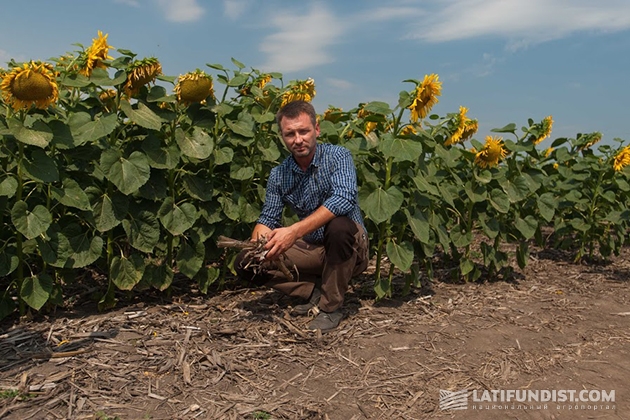
Latifundist.com: Which market trends were taken into account while developing the seeding structure?
Victor Kukharchuk: It is a good question, but I think it is inappropriate to single out any separate crop now. Each crop depending on its net cost can be popular on the Ukrainian market. Basically, it does not matter what crops you will grow in Ukraine, you can grow everything here. If your product is a low cost one, it will be profitable.
Latifundist.com: What seed suppliers do you cooperate most actively with? Can you create your own rating list of seed suppliers?
Victor Kukharchuk: If we talk about corn seeds, they are DuPont Pioneer, Monsanto. This year we have also worked with Ukrainian producers of the corn seeds and purchased part of the stock from them. Thus, we gave them some credibility. The advantage, of course, was the fact that domestic seeds are cheaper. However, almost all the concerns that we had regarding Ukrainian seeds, unfortunately, proved to be true. The seeds were not sufficiently calibrated, they could not be seeded with high quality.
As for the sunflower seeds, taking into account large seeding areas, we used the products of different brands in large quantities. The major ones are DuPont Pioneer, Syngenta, Maïsadour. Due to very high prices ($200 and more per seeding unit) we partly switched to hybrids which are a little bit cheaper. Our planned yield is not so exaggerated to require super expensive seeds needed for its achievement.
Soybean seeds were purchased in very little quantity, only for reproduction and identification of those varieties that will be a priority for next year.
Barley seeds were purchased from the Austrian and German manufacturers. Those were intensive varieties which require careful treatment. Of course, we have added a little stress, so they do not feel too good. I must say, these varieties have shown a good resistance to stress, giving a wonderful result. Our barley crops look really great today. We can be rightfully proud of them, I have never seen such barley crop myself. Moreover, the people who saw these crops said they were simply unreal. The reason for success is actually very simple and lies both in seeds and no-till technology. But it is risky and not everyone will dare to use such technology. I think this will not be ventured in the nearest future — not in a year or three, or even longer.
Latifundist.com: What suppliers of chemicals do you closely work with? Whom would you single out?
Victor Kukharchuk: There are plenty of chemical suppliers. As for me, among the best agrochemical manufacturers are BASF, Bayer, Syngenta, as well as generics — Avgust, Nufarm Ukraine, Alpha Chemgroup.
Latifundist.com: What technologies do you use for crop cultivation? How is it justified in your natural-climatic zone? What yield growth does it provide? What savings does no-till ensure?
Victor Kukharchuk: Last year, for the first time in the history of the Company Mriya we started using no-till technology. We seeded winter wheat with a spreader in the same way as spring barley. In addition, we have caused superexcitement among the local population (people even said that Mriya did not just die, but died in shame!). We went even further.
Namely, just scattered grain around and did not even disk it after seeding. Of course, even now it is difficult to explain the result to those, who do not understand the physiology of plants, the water cycle, the movement of nutrients, oxygen, nitrogen, root development and so on. They tend to say that we were just lucky. In fact, you do not need to be lucky, you just have to do what the plant wants. I would like to repeat that we have some fields where seeding was performed even without sealing, the seeds were just dropped and lay on the soil. Today they are among the best fields of the company.
In addition, the crops in these fields do not get sick at all. As of today their ears are 30% higher and longer, than those of traditional crops. And these ears will be about 100% heavier than with traditional seeding. But once again, if you choose a non-traditional technology, it is very scary, if you have the education, somehow related to agriculture. It was really almost impossible to dare to do it, because it contradicts all established laws and stereotypes. It is hard for me too, but it really works!
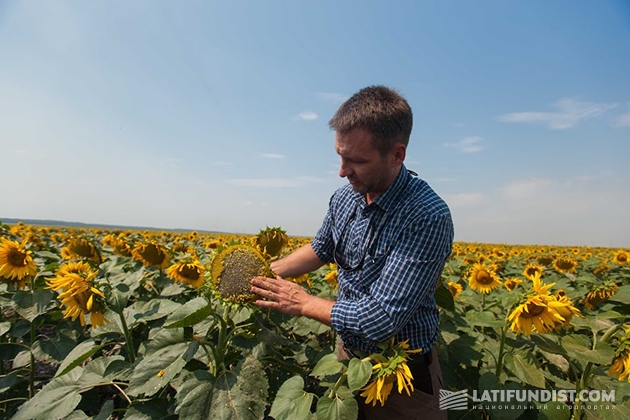
Latifundist.com: How well are you provided with machinery? Are you going to expand the machinery park?
Kukharchuk Victor: Since the Company transitioned to the management of the new owners, we have invested more than $11 million just to purchase new equipment and for leasing programs. Nevertheless, the question of machinery provision is still relevant, and we continue to successfully replenish the machinery park. Since the beginning of 2016 we have invested $2 million in the purchase of new machinery. In particular, we purchased tractors John Deere 7930 and seeders Challenger 8186 No-till. According to the approved investment plan for the second half of 2016, we plan to use additional $12,5 million for the purchase of machinery and equipment, including the provision of leasing programs.
Latifundist.com: What are the strategic production plans of the company for this season?
Kukharchuk Victor: Our strategic production plans are, first of all, the completion of land consolidation process into the arrays, the excretion of cropping patterns to reduce logistics costs and, of course, the increase in production capacity of all equipment. Next is the balancing of the structure of sown areas, depending on the crops. That is, cultivating conventionally heavy crops (eg, corn, wheat) closer to the elevators in order to reduce crop transportation costs. Low yield crops per hectare (rapeseed, sunflower, spring barley) should be cultivated father from the elevator to reduce transportation load.
It is also strategically important to continue field leveling in order to increase the speed of soil processing and work capacity of each unit. Next is the beginning of work with the plow sole (located usually at a depth of 25-28 cm), loosening of entire clusters. For this we have arranged a special crop rotation, which breaks and drills the plow sole. But it takes at least three years of such work with the crop rotation to undermine the plow sole. We do not have so much time, so we also purchase additional subsoilers and tractors, which will be used exclusively for this work. And, of course, we cooperate with experts on the proper work arrangement and simplifying the technological operations.
Latifundist.com: How much do you plan to increase the land bank in the near future?
Victor Kukharchuk: Today, we still have a lot of potential in the land which we cultivate, so Mriya is not aggressively looking for new land only to show a large land bank. It is much more important for us in the nearest future to increase the yield by 1 ton of grain per hectare, this will be much more efficient. Now we do not use all possible potential, technology and work even by 40% compared to the record levels of productivity for all crops. Therefore, we have potential for growth and development regarding investments per hectare and yield harvested per hectare: calculated in tons, hryvna or dollar.
Latifundist.com: How much have the seeding costs changed this year compared to the previous year?
Victor Kukharchuk: This year, of course, fixed dollar expenses increased (seeds, fertilizers, machinery, etc.). I am not going to compare figures in Mriya because there is huge difference from the previous year as in 2016 we have already got clear technology of our work.
This is not last year's ‘Wild West’ when we, putting it mildly, were running between farms and discovered new fields daily or weekly. This year we are already approaching logical costs, but this absolutely does not mean that we have started spending money mindlessly. A significant component of costs in the current year is focused on herbicides, because the weeds will last for another 3-4 years. Also, significant costs this year have been used to prepare the soil, level the area and so on. Everything else is standard.
Latifundist.com: Thank you for the interesting conversation!
Elena Agadzhanova-Gonzalez, Latifundist.com

